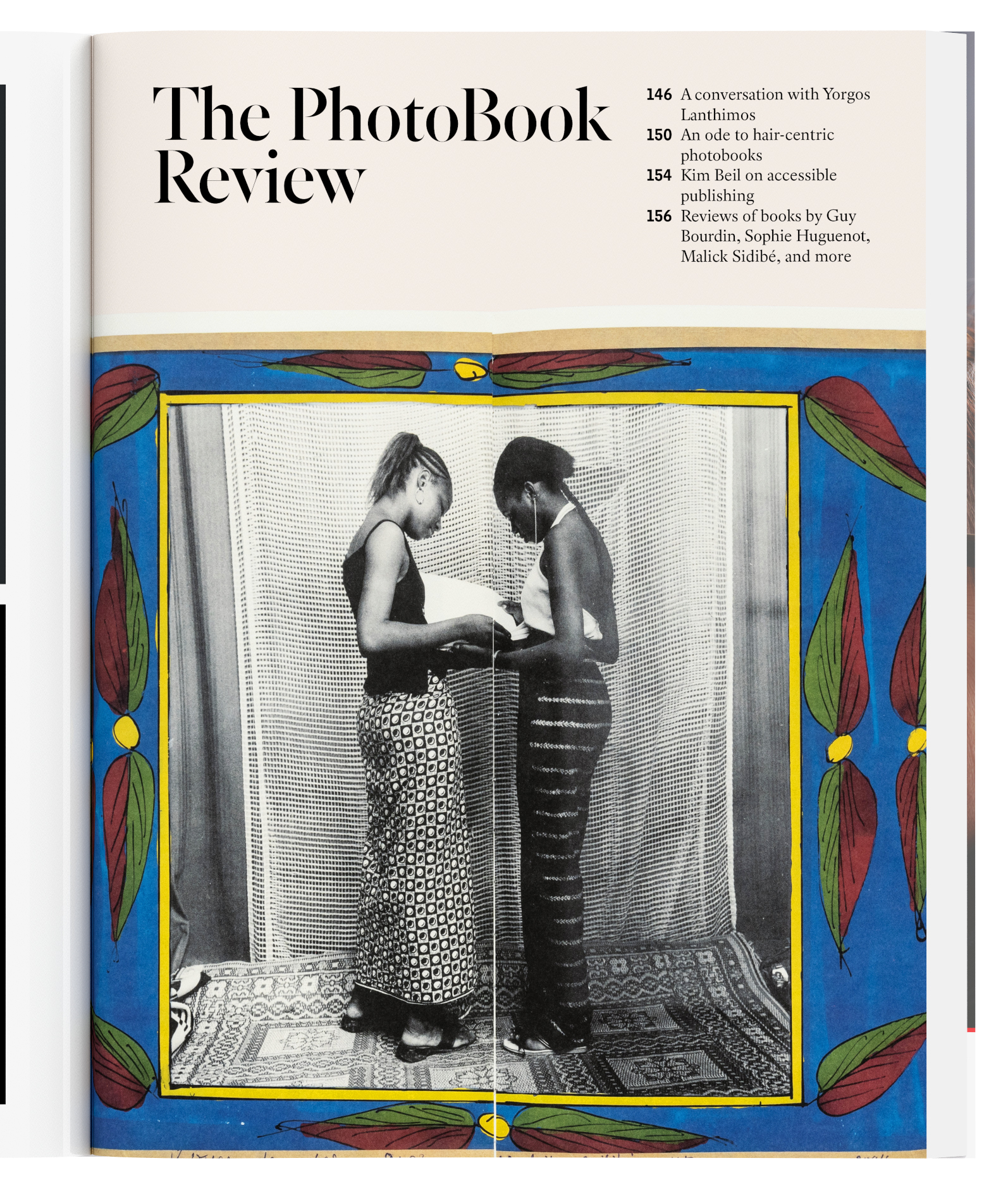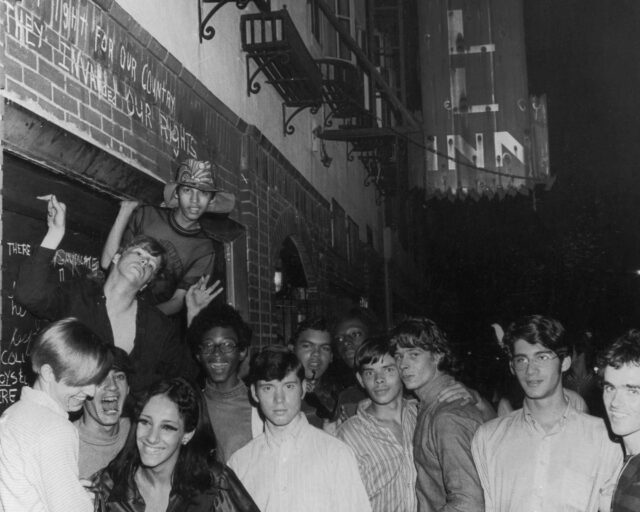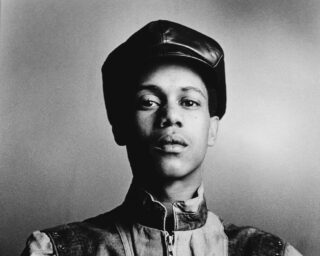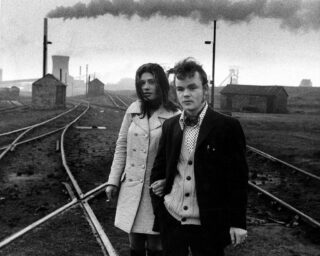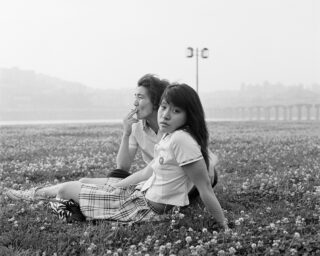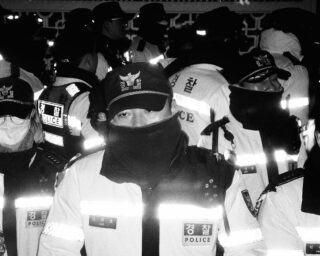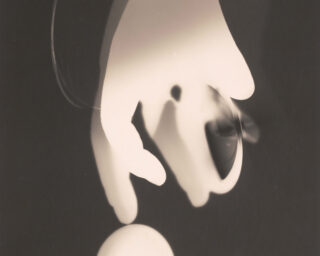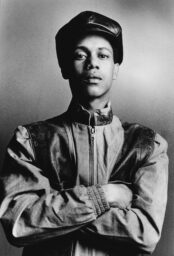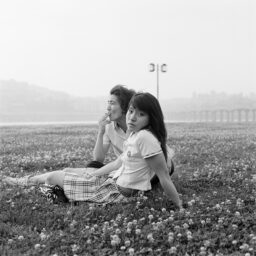Evelyn Hofer, Queensboro Bridge, New York, 1964
The critic Hilton Kramer asked, in a 1982 New York Times review of Evelyn Hofer’s work, if it was possible “in this age of publicity for a photographer to be both famous and obscure at the same time?” This question comes to the fore in a show dedicated to Hofer currently on view at the Photographer’s Gallery, London, as it marks her first solo exhibition in the UK, after a vibrant career spanning more than four decades that included numerous commissions for Vogue, Vanity Fair, and the Sunday Times Magazine. Hofer, who died in 2009, was popular among her artist peers and more commercially minded clients, but out of favor in museum and gallery networks (she is notably absent in institutional collections).

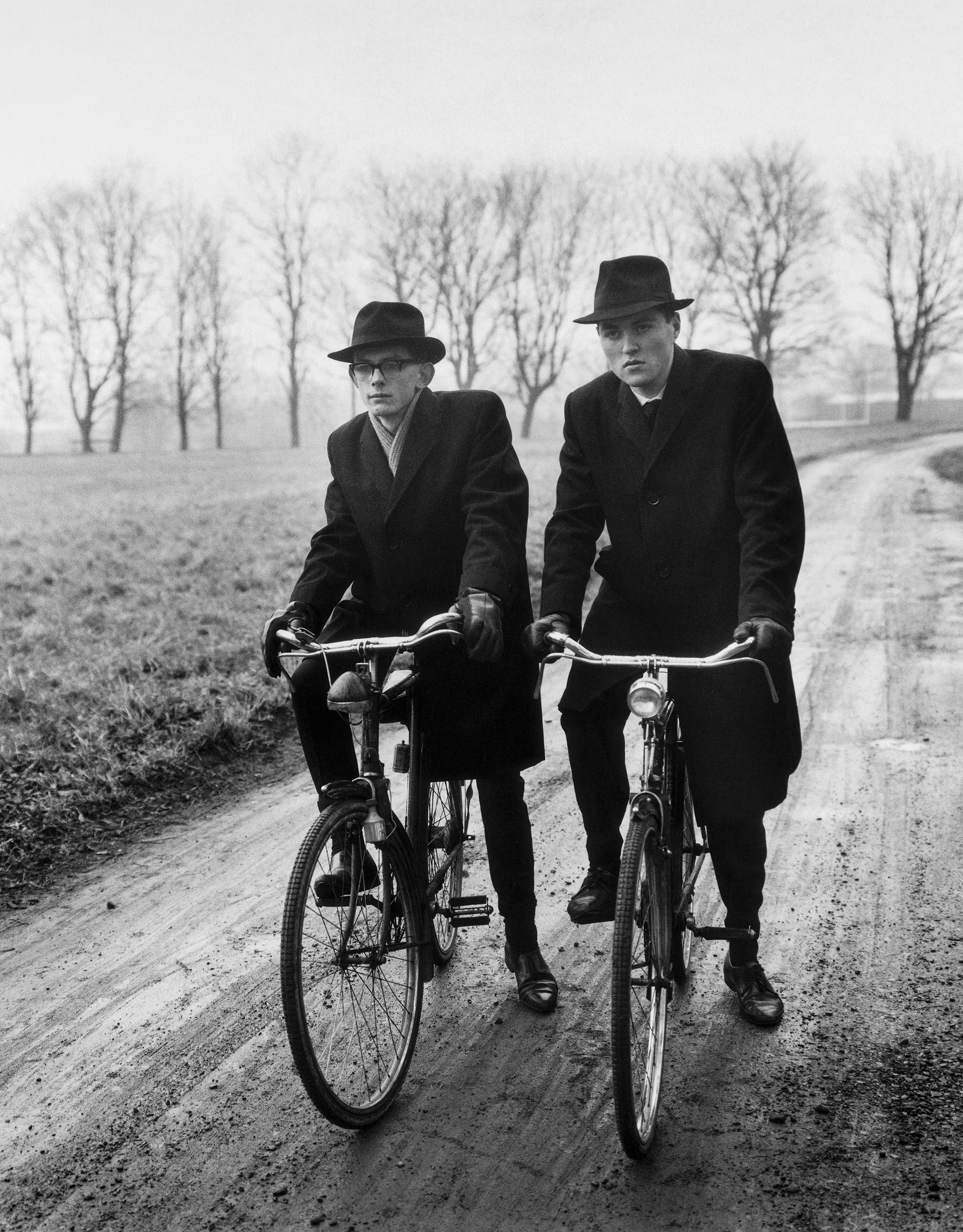
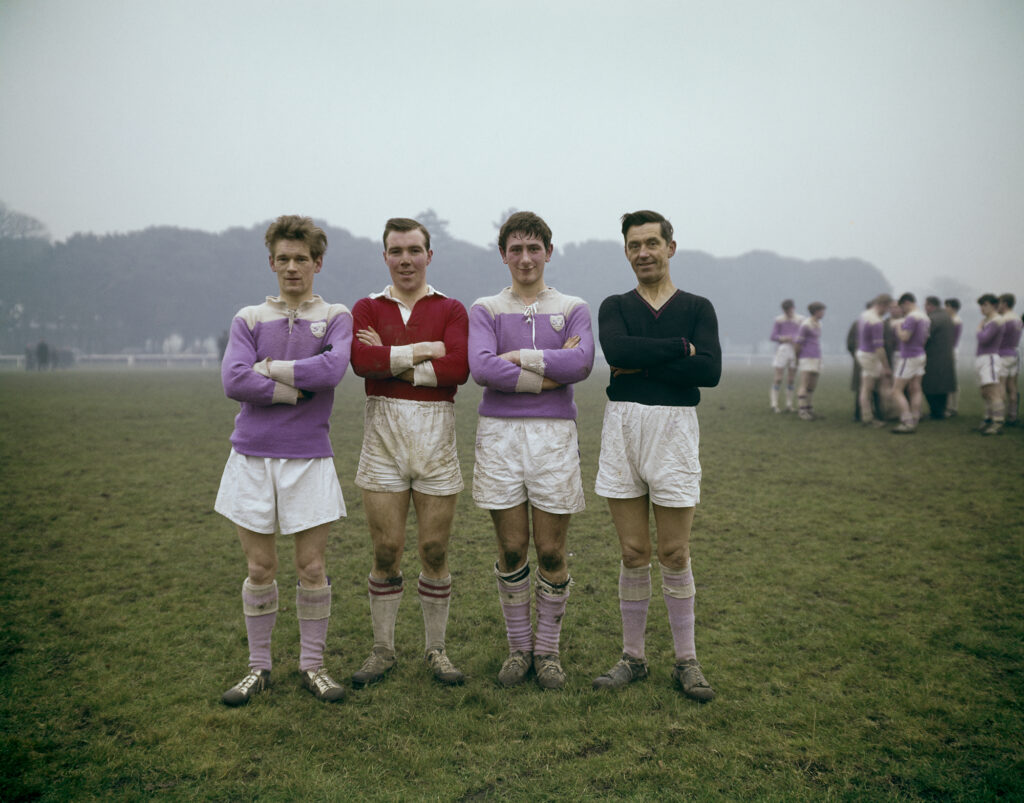
Born in 1922 in Marburg, Germany, to a wealthy family, Hofer fled the Nazis with her family in 1933, moving between Mexico, Spain, and Switzerland. After short stints working in photography studios, where she refined her technical skills, she mentored with Hans Finsler, a Swiss photographer associated with the New Objectivity movement of the 1920s and 1930s. Hofer moved to New York in 1944, where she first began to receive magazine commissions. This retrospective showcases the brilliance and breadth of Hofer’s oeuvre. Hers is the eye of a documentarian, but it is not distant and unfeeling. Her approach is the opposite: a tender, inquisitive, open perspective. So much was worthy of Hofer’s attentiveness, and her photographs show viewers that she was a keen student of the everyday, capturing the lives of those she met on her travels as well as the fabric and structure of the cities she focused on, such as London and Dublin.
Hofer photographed waitresses in the Garrick Club, a private members’ club in the center of London. Two children—one perched outside on a wall, and the other partially visible indoors behind a curtain—stare curiously at her lens in Notting Hill, an area with a sizable Caribbean community who arrived to help with the British postwar labor shortage. In Dublin, we are introduced to footballers in a park after a match who wear muddy shorts. 1960s New York is brought to life in color, with a quartet of images focusing on shop fronts and signs throughout the city, showcasing the lives of working-class inhabitants.
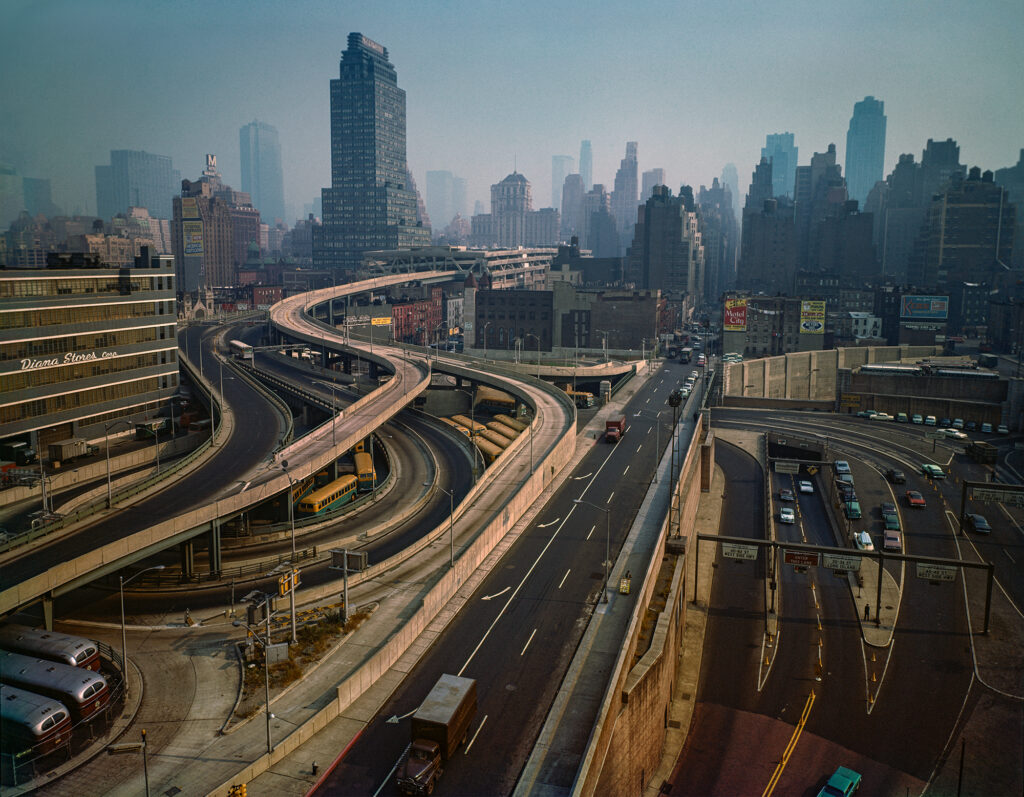
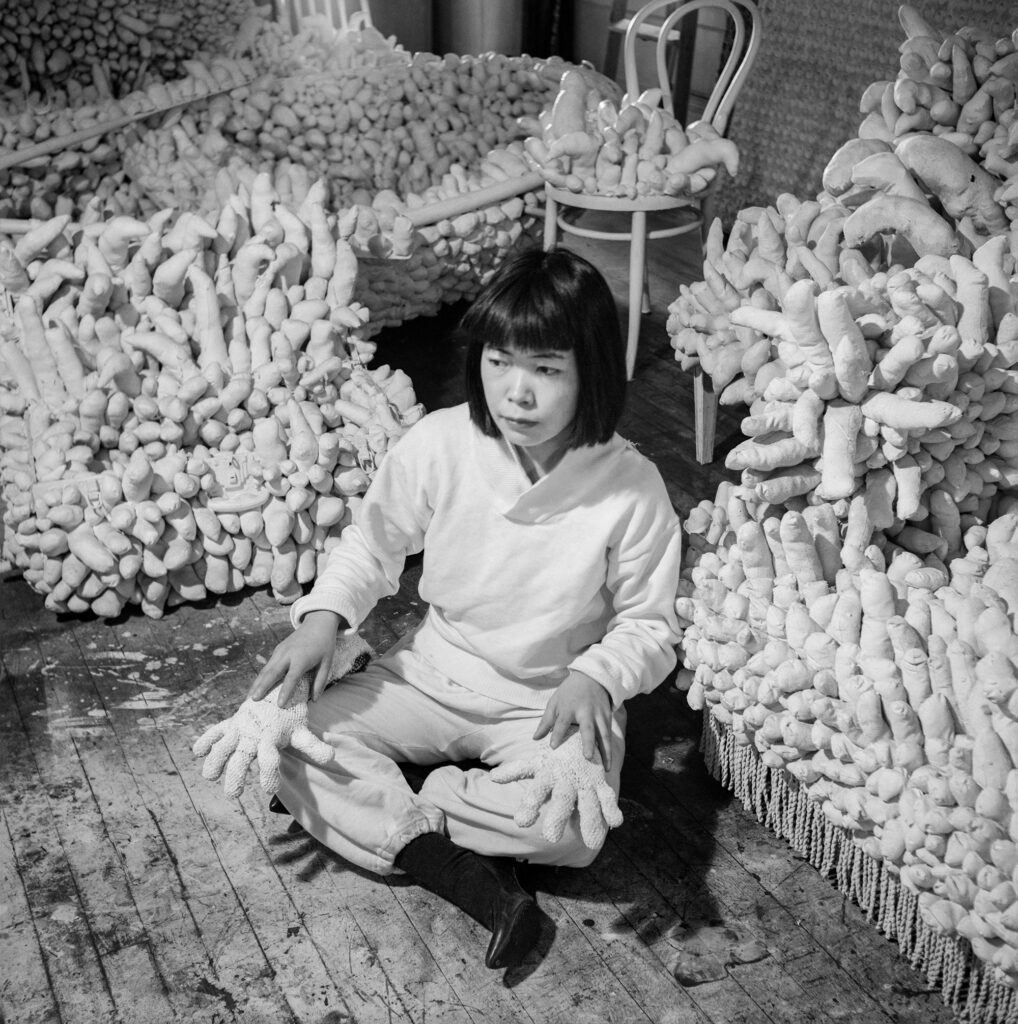
The exhibition also offers glimpses into Hofer’s distinctive approach to photographing interiors and inanimate objects, such as Marianne Moore’s gloves or a bowler hat perched on a shelf in front of a window advertising stout. Both serve to tell the story of a life, whether of a famous actress or an unknown gentleman in a London pub. Books, magazine covers, and newspaper spreads, all placed in vitrines, offer further context to Hofer’s practice, often focusing on her commercial and commission-based work, such as her city-focused book collaborations with the writer V. S. Pritchett, as well as a project with novelist and political activist Mary McCarthy on the past and present of Florence.
Hofer at times focused on other artists. One image, taken in Jackson Pollock’s studio in the 1980s, shows Lee Krasner’s paint-speckled shoes; Hofer would also make portraits of Andy Warhol and Yayoi Kusama in the 1960s. She was commissioned by Life magazine in 1974 to produce a photo story on newly married couples at New York City Hall, titled One Day in the Life of America. This body of work, hung on one wall of the gallery, recalls August Sander and his typological approach to portraiture. Made over the course of one morning, Hofer’s photographs feature newlyweds of different ethnicities and ages against the same muted background. She captures a variety of poses and different fashions of the era in vibrant color, an effect achieved through her use of the dye-transfer printing process, where cyan, yellow, and magenta dyes are applied by hand to an emulsion layer.

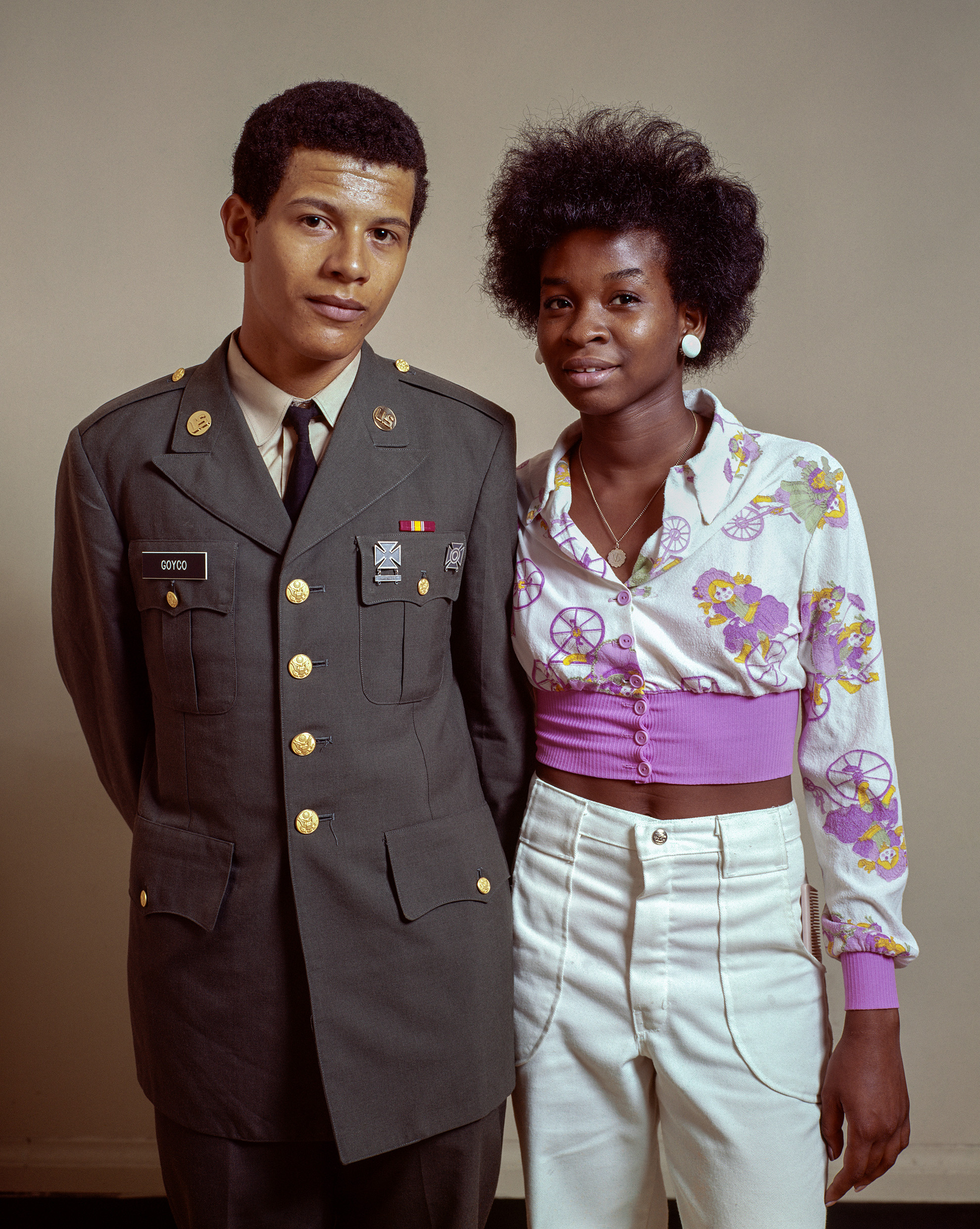
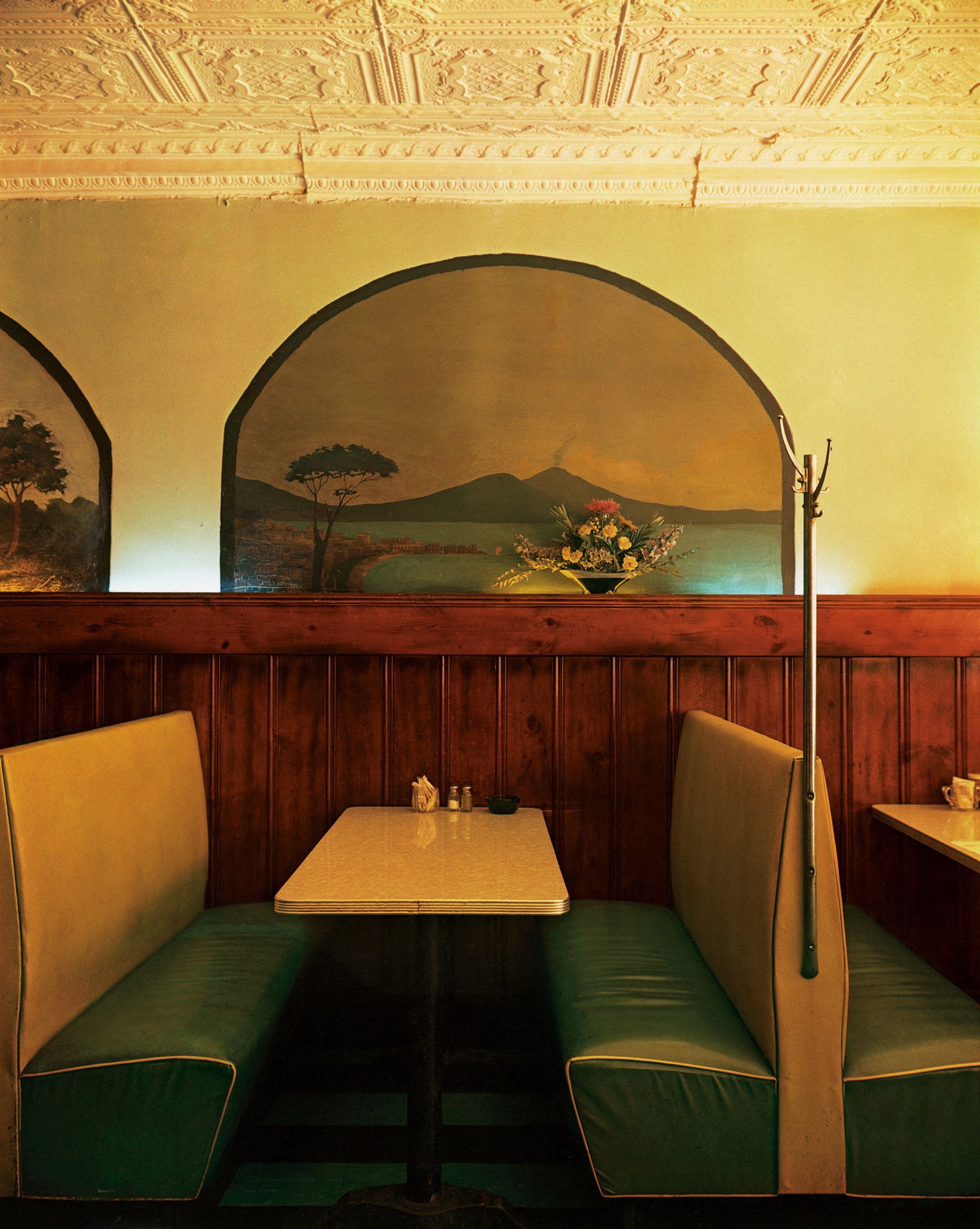

On a 1966 trip to Dublin, Hofer photographed James Joyce’s death mask, resulting in a tightly cropped, haunting image. Another photograph, Saul Steinberg with a Younger Self, also asks us to consider time’s passing and our mortality; it features the well-known illustrator, in 1978, holding the hand of a cardboard-cutout image of himself as a young boy (an image from more than fifty years earlier). This image lingers long after you see it. Time is key to thinking about the method Hofer used: her four-by-five-inch, large-format camera required patience with meticulous planning and study for each shot. We are lucky to have had a documentarian as technically skilled and as tender as Hofer. If one wants to delve deeper, beyond this exhibition, an excellent publication on Evelyn Hofer, Encounters (2019), edited by Susanne Breidenbach, offers more photographs in all their richness and complexity. One attendee in the audience-feedback section of the gallery noted that they anticipated Hofer’s name would be mentioned alongside Sander’s as a genius of her craft in years to come. Hopefully, this show will bring her work into the spotlight, far from obscurity.
Evelyn Hofer is on view at the Photographers’ Gallery, London, through September 24, 2023.

